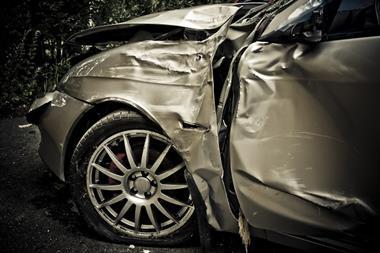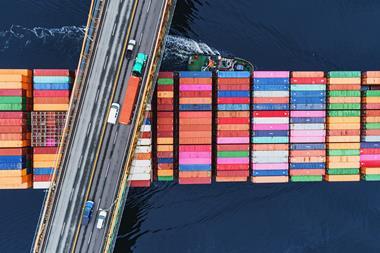Industry experts discuss how car part avaliability issues are affecting the claims process
WE ASKED: How will the increasing price yet declining availability of car parts affect the claims process?
Mick Walker, repair network and engineering manager, AX Motor Services

“With parts prices increasing and potential delivery issues on the horizon, we may - as an industry - need to consider a more flexible approach to repairs.
“The green parts approach has been in place for some time and has gained traction, recently providing easier access and availability of parts.
”Original equipment (OE) parts can also reduce costs and potentially aid supply where delays exist. Obviously, this is only applicable where policy wordings have already been changed.
“As an industry, many times we have attempted to make ’one-size-fit-all’, but customers - in the main - are open to options if this means their expectations are met.
“Additionally, supply chain delays may extend hire periods, potentially increasing challenges by third party insurers. It will also affect the availability of hire and courtesy cars, while putting pressure on repairer sites in terms of the space needed to hold partially repaired vehicles.
“Innovation and flexibility are key – ’necessity is the mother of invention’ after all.”
Jane Pocock, managing director, UK and Ireland, Copart
“In terms of car parts, Brexit has not helped because it has devalued the pound. The cost of parts has gone up and the availability of parts is difficult at times.
”We are still suffering from semiconductor processing chips not being available to manufacture new cars, which is inflating the used car market. That’s having an ongoing impact on repairs too, so it’s making repairs to vehicles more expensive due to part availability or just pure cost.

“It’s also pushing more vehicles into the uneconomic to repair market. There’s an algorithm that insurers use to determine whether it is viable to wait for a vehicle to be repaired while they pay for a rental vehicle.
”Of course, the cost of everything is going up, so it makes the cost of claims more expensive - more insurers will choose to dispose of the vehicle and pay the claim value, allowing the policyholder to go and find a new vehicle. That’s likely to happen due to the cost implications of repair.
“But also, there will be more government initiatives around removing older vehicles with an older engine. For the ones with the worst emissions, incentives will be put in place to take them off the road.”
Paul Coates, director, McCarron Coates
“The increasing cost of vehicle parts has influenced claims costs for several years. Vehicles are now more software than hardware, full of electronic components and intricate smart systems that assist drivers, but which make diagnostics and actual repair processes increasingly complex. Electric vehicles (EVs), despite having fewer parts, are even harder to repair.
“Only a fraction of required parts for repairs can be held in stock by bodyshops, which rely on global and national supply chains for swift delivery. Worldwide shipping issues, HGV driver and global microchip shortages and Covid-19 are preventing this.

“Put these issues together and repair times are lengthened, resulting in soaring credit hire costs, which can increase a claim’s cost in just days.
”Parts’ costs are also increasing as shipping and materials rocket in price. The traditional situation - with personal injury costs outweighing repair costs in the claim - no longer exists. This comes at a time of falling accident rates due to fewer vehicles travelling, but greater accident severity, linked to higher vehicle speeds.
“We are seeing higher excesses - £1,500 rather than £500 - but anticipate increased premiums in 2022, with no major improvements in supply chains or quicker diagnostics through artificial intelligence investment expected any time soon.”
Kirsty McKno, managing director, Cogent Hire
“Supply chains are strange things because not many people take the time to break it down to understand how complex they are. When you start to break down the supply chain and understand how many logistical movements there are, it’s quite eye-opening.

“For us, when we think of the repair of a vehicle, we think how many parts to that supply chain there are. It’s not just that the vehicle has to go to the repairer - it has to be engineered and inspected and parts have to be ordered and fixed.
“Where do the parts come from? Do they come from multiple areas? Are they coming from abroad or a green parts supplier? The vehicle has probably had to be recovered at some point - it just goes on and on.
“For us in the motor industry, it’s heavily logistical.”
Hosted by comedian and actor Tom Allen, 34 Gold, 23 Silver and 22 Bronze awards were handed out across an amazing 34 categories recognising brilliance and innovation right across the breadth of UK general insurance.




















































No comments yet